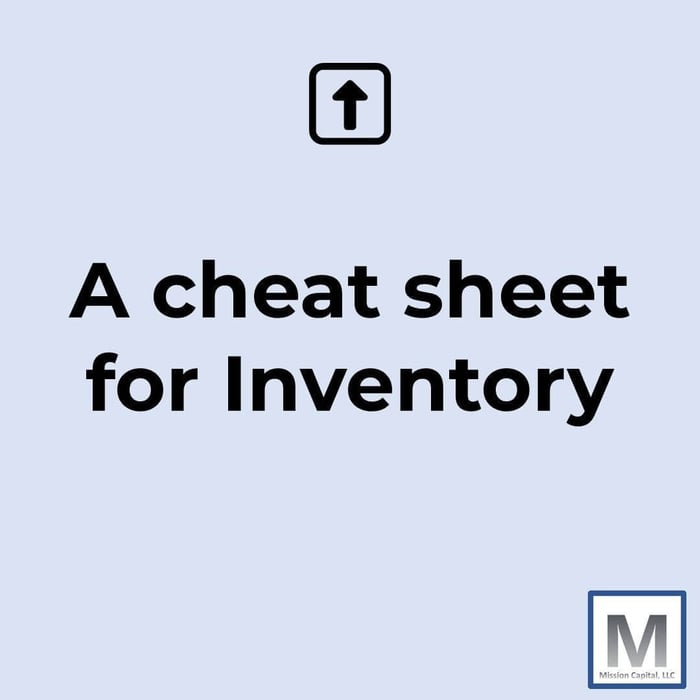What is Inventory?
In the simplest terms, Inventory is the stuff you're trying to sell. It is usually recorded as a current asset on the balance sheet. Inventory, often abbreviated as "Inv", forms a crucial part of your business's finances.
How to Forecast Inventory?
Forecasting Inventory is crucial for any business to avoid stockouts or excess stocks. One critical factor that aids in this process is the Days on Hand (DOH) metric.
Understanding Days on Hand
DOH, in layman's terms, is the number of days of supply you have or the number of days until you run out of Inventory. For instance, a DOH of 90 implies that on average, you hold around three months' worth of Inventory supply.
Calculating DOH
DOH is calculated using the formula: DOH = (Inv / COGS) x Days gone by. This formula provides a snapshot of how long your current Inventory will last, given the cost of goods sold (COGS) and the time period considered.
Forecasting Inventory with DOH
Once you have calculated DOH, you can use it to forecast future Inventory levels. You will need your calculated DOH, COGS, and the time gone by for this calculation. Using the formula Inv = (DOH / Time gone by) x COGS, you can predict your Inventory levels for the given time period.
Practical Application of Inventory Forecasting
Let's illustrate this with a practical example. If you predict next year's sales will grow by 5% and maintain the same DOH, you can forecast your Inventory for the next year using the same formula.
Application in Financial Modeling
For simplicity and efficiency in your financial model, carry forward your latest DOH calculation, as it's the best info you have. Remember, that DOH number turns from a calculation into an assumption. It is this simplicity and adaptability that makes this approach a powerful tool in financial forecasting.
Communicating Your Inventory Forecast
Finally, it's essential to communicate your forecast in clear, simple terms. For example, "For next year, assuming a 5% sales growth and a gross margin of 49%, I expect our year-end Inventory to be about $1.58 million because, on average, we keep about ~89.5 days on hand."
Financial Modeling Courses
When you're ready to take the next step in your financial career, consider enrolling in my straightforward Financial Modeling Courses. They're designed specifically for FP&A and Private Equity Professionals and will help take your Financial Modeling skills to the next level.

